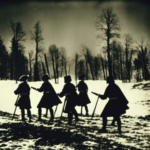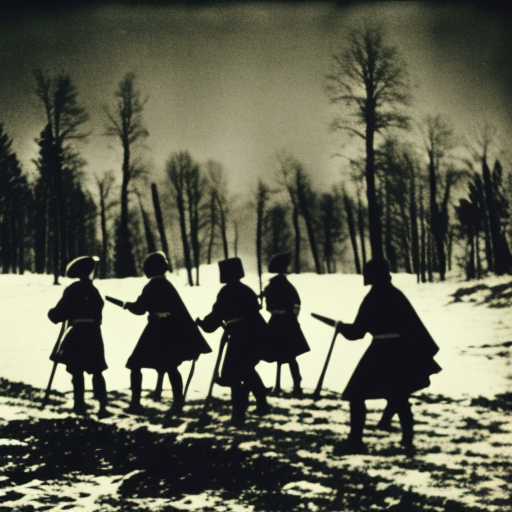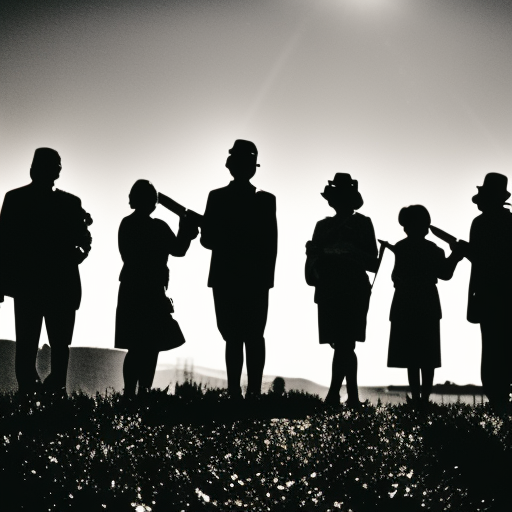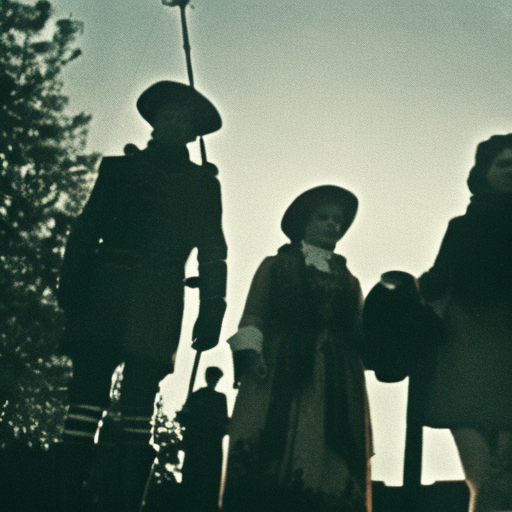The Pugachev Rebellion (1773-1775): A Brief Summary
The Pugachev Rebellion, also known as the Cossack Rebellion, was a major uprising that took place in the Russian Empire from 1773 to 1775. Led by a Cossack named Emelian Pugachev, the rebellion aimed to overthrow the imperial government and address the grievances of the lower classes. Despite initial successes, the rebellion was eventually crushed by the Russian army, and Pugachev was captured and executed.
Causes of the Rebellion
The Pugachev Rebellion was fueled by a combination of political, social, and economic factors. The Russian Empire was experiencing rapid expansion and faced numerous challenges in administering its vast territories. The government’s attempts to centralize power and impose reforms, such as the introduction of serfdom, had a negative impact on the peasantry and the Cossacks, who were traditionally semi-autonomous.
Pugachev’s Leadership
Emelian Pugachev, a former soldier and Cossack, emerged as the leader of the rebellion. He claimed to be Tsar Peter III, who had been overthrown and killed in 1762. Pugachev’s charisma and promises of land redistribution, freedom from serfdom, and the restoration of Cossack privileges attracted a diverse range of followers, including peasants, Cossacks, and discontented nobles.
The Rebellion Spreads
The rebellion began in the Ural region, where Pugachev gathered a significant force and captured several towns. His army grew rapidly as he moved southward, with many joining the rebellion out of a desire for change and a chance to improve their social standing. Pugachev’s forces employed guerrilla tactics and launched surprise attacks, which initially caught the Russian army off guard.
The Siege of Kazan
One of the most significant events of the rebellion was the Siege of Kazan. Pugachev’s forces laid siege to the city for several months, but the Russian army managed to hold out. The siege showcased the determination and resilience of both sides and highlighted the threat posed by the rebellion to the imperial government.
The Rebellion’s Downfall
Despite early successes, the Pugachev Rebellion eventually began to falter. The Russian government, under the leadership of Catherine the Great, mobilized its forces and launched a counteroffensive. The rebellion faced internal divisions, with some of Pugachev’s followers defecting or surrendering. The Russian army, aided by superior resources and military tactics, gradually regained control of the territories held by the rebels.
Pugachev’s Capture and Execution
In 1774, Pugachev was captured by the Russian army. He was brought to Moscow, where he was subjected to a highly publicized trial. Pugachev was found guilty of treason and sentenced to death. In January 1775, he was executed by beheading, and his body was publicly displayed as a warning to others who might challenge the authority of the Russian Empire.
Legacy of the Rebellion
The Pugachev Rebellion had a lasting impact on Russian society and government. It exposed the deep-seated social and economic inequalities within the empire and highlighted the need for reform. The rebellion also contributed to Catherine the Great’s decision to implement a series of reforms aimed at modernizing Russia and addressing some of the grievances that had fueled the uprising.
In conclusion, the Pugachev Rebellion was a significant event in Russian history that highlighted the discontent and grievances of the lower classes. Led by Emelian Pugachev, the rebellion aimed to overthrow the imperial government and address the social and economic inequalities within the Russian Empire. Despite initial successes, the rebellion was eventually crushed, and Pugachev was captured and executed. The rebellion’s legacy was felt in the subsequent reforms implemented by Catherine the Great.












